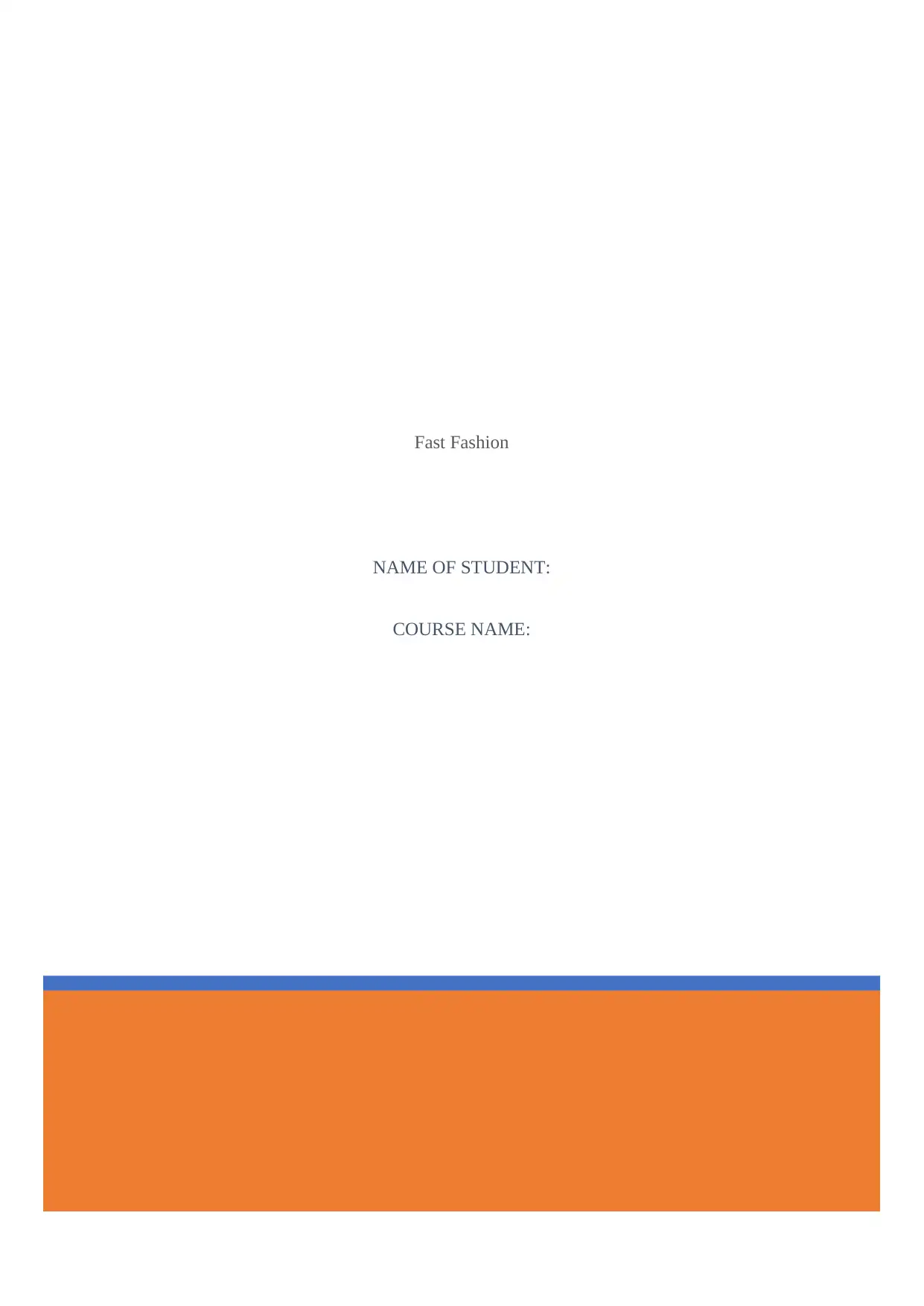Fast Fashion: An Analysis of Environmental and Social Drawbacks
VerifiedAdded on 2022/08/22
|3
|770
|25
Essay
AI Summary
This essay critically analyzes the concept of fast fashion, arguing that its drawbacks heavily outweigh its benefits. While acknowledging the affordability and accessibility of trendy clothing, the essay highlights the significant environmental and social costs associated with the industry. It details the short life cycles of fast fashion garments, the exploitation of factory workers, and the detrimental impacts on the environment, including water stress, pollution from cotton production, and the immense textile waste that ends up in landfills. The essay also addresses the social disadvantages, such as poor working conditions and wages for garment workers, particularly in developing nations. By examining these issues, the essay underscores the unsustainable nature of fast fashion and its adverse effects on both society and the planet, concluding that the true cost of fast fashion is far more ruinous than its perceived affordability.
1 out of 3







![[object Object]](/_next/static/media/star-bottom.7253800d.svg)